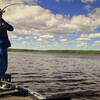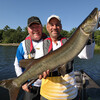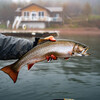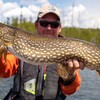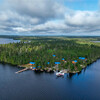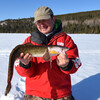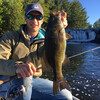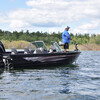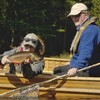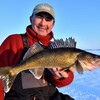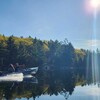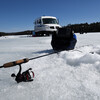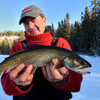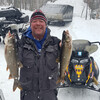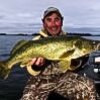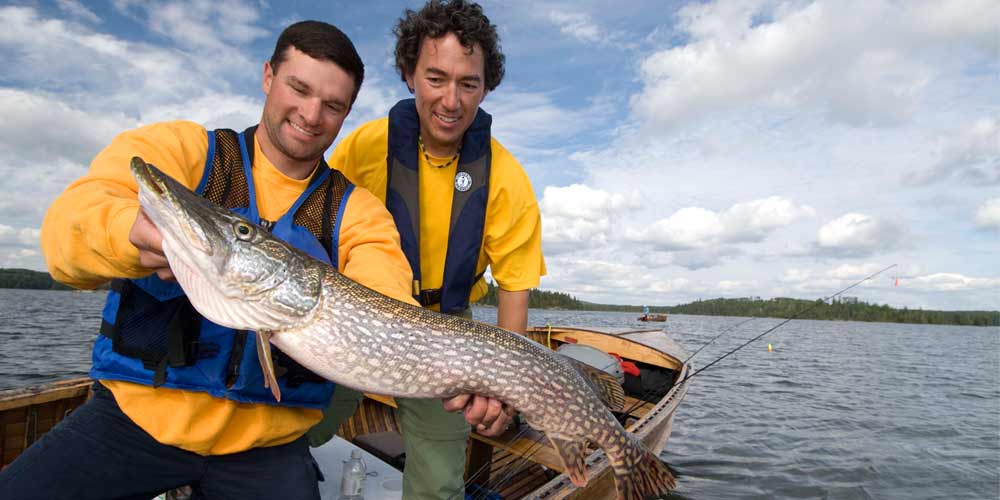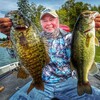
Ontario’s Long Nose Gar
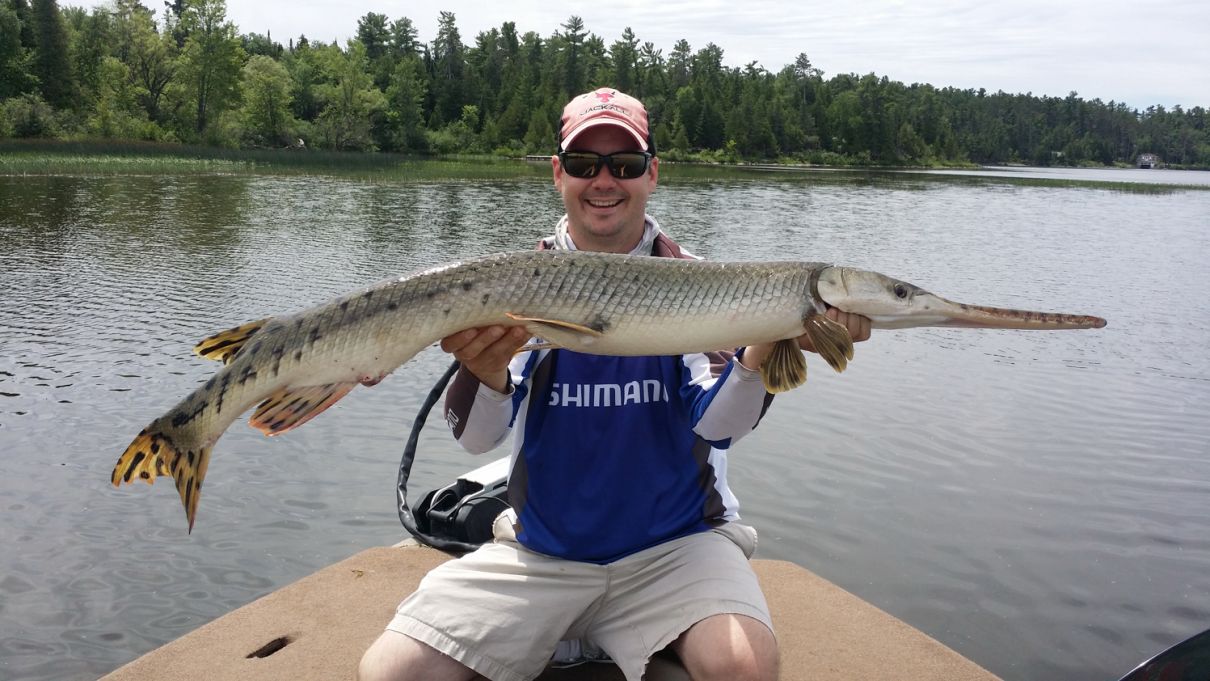
Buddy Wally Robins may be the most fervent muskie angler I know. The truth of the matter is: they don't make 'em any more passionate than the Ottawa-based muskie hunter. So, when Robins phoned on the eve of the Northern Ontario muskie season opener last week, I knew what was on his mind.
But then he shocked me.
"What an unbelievable day I had fishing with Rob Jackson," Robins said, quickly adding, "my biggest fish was 51 inches."
"Whoa, wait a second," I wondered out loud. "If the season hasn't opened yet, what are you guys doing catching muskies?"
"No, not muskies," Wally chuckled, "long nose gar. They've been on my bucket list forever, and now I can cross them off. But what an amazing fish to catch. What a blast."
Okay, gotta' confess: long nose gar has been on my bucket list for a long time, too. I've always thought they gave new meaning to the term "big toothy critters," and by the time I hung up from chatting with Robins, they'd moved right up to the top of the list. Listening to my friend burble, prattle and coo about his adventure, I have to confess, too, that I was more than a little jealous.
Now, draw a line from Sault Ste. Marie that crosses to Lake Temiskaming and all the water in Ontario south of it, including Lake Huron, Georgian Bay, Lake Nipissing, Lake Erie, Lake Simcoe, Lake Ontario, and the myriad waters in and around the Ottawa River harbour longnose gar.
But, because the fascinating fossil fish from the late Cretaceous era that look like supporting characters in the movie, Jurassic World, seek out the warmest, weediest back bays and coves, and because they're somewhat secretive, most anglers don't even know they exist, let alone have caught them.
"Gar spawn in late spring and early summer," says guide Rob Jackson, who runs RJnBirdees Outdoor Adventures and until recently held the Ontario record (20.10 pounds) for the biggest gar landed. "They gather in weedy areas where the adhesive eggs can cling to stalks of grass. On average, a female gar lays about 3,000 eggs per pound of body weight, so that a 15-pound fish will lay upwards of 45,000 eggs."
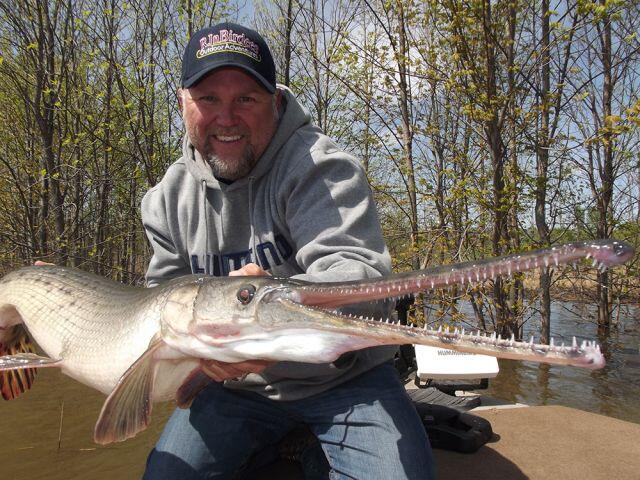
What is unique about those eggs that are poisonous to mammals and birds is that they hatch very quickly in the tepid warm water, usually in a matter of days, and the tiny gar is born with a Velcro-like patch on its snout that lets it attach itself to stalks of vegetation. Gar fry also grow rapidly, as much as six times faster than most other sport fish, so young-of-the-year gar can reach a foot or more in length in a matter of weeks.
How you go about catching these magnificent relics will also blow your mind.
"Most anglers use a rope lure," Jackson chuckles, "referring to a short piece of nylon rope, held together with duct tape and attached to the ends of their lines. "Because gar are programmed to attack anything that swims by, they grab the rope sideways and then it gets tangled in their teeth."
Interestingly, too, says Jackson, who has released a longnose gar approaching five feet in length and weighing much more than his previous Ontario record, is that you never cast blindly to fish that you haven't first spotted.
"While they attack a lure viciously," says Jackson, who favours either a Mann's Baby 1-Minus crankbait or Jackall Cherry Zero wakebait, "you have to cast it accurately so that it comes within 6 inches of their eyes. Retrieve it a foot away, and they won't react. And your lure has to be at eye level. It can't be just above or below them."
Because spotting the fish first and then making a precise cast to them is so important, Jackson has constructed an elevated casting platform on the front of his boat that allows him and his guests to stand up 8 feet above the water. This gives the "Gar Guy", as the personable pro is widely known, an unobstructed view of the water, in the same way that saltwater anglers fish the flats.
"Once I see a fish," Jackson says, "I'll slowly pursue it with the electric trolling motor, keeping the boat behind it at all times. Then, I'll instruct my guest to make a cast at 12:00 o'clock or 3:00, wherever the fish is positioned. It is one hundred percent visual."
A sight fishing game that, when you do it right, is an adrenaline rush, making your head spin with delight, because long nose gar hammer your bait and then, instinctively, go airborne. And if you hook a fish and lose it, Jackson says to cast right back, and chances are good the same fish will mutilate it.
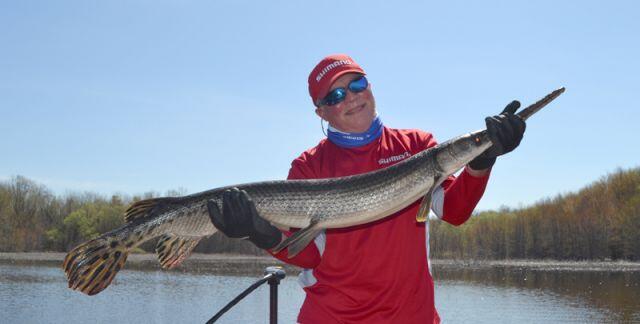
Funny thing, though: you'd think with such an impressive dental array that stout lines and wire leaders would be indispensable, but Jackson says, because gar teeth, while long, are not serrated and don't close tightly up against each other. As a result, he uses the same 7-foot 6-inch flippin' stick, spooled with a 50-pound test braided line that he uses for largemouth bass. And he ties his lures directly to the braid, saying that the gar, which will often lie on the surface like sunbathers, is anything but line shy.
So, let's get this straight: hordes of giant prehistoric fish with fangs that would scare the daylights out of T Rex. Big beautiful fish with scales the size and shape of the Hope Diamond that swipe, smack, batter and bruise anything you swim past their eyes, including rope. Four- and 5 foot- long alligator-like fish that explode like Canada Day rockets into the air the moment they feel your hook sting their mouths. And they bite best when it is sunny, hot and flat calm.
Yep, the top of my bucket list.
Recommended Articles
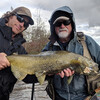
Soo Guides
Landing Lake Trout at Camp Quetico
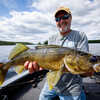
Catching Bucket List Walleyes at Dogtooth Lake Resort

Pleasant Cove Resort
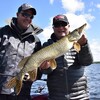
Reid's Birch Island Resort
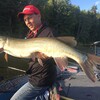
Cedar Lake Skies
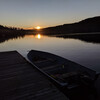
How the Peaceful North Changed My Life
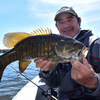
Blade Running Bronzebacks
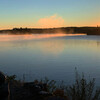
Discover Chapleau Lodge
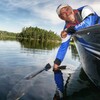
Four Season Vacation at Paradise Cove

Discover Northern Pike Fishing at Mar Mac Lodge
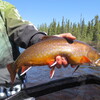
Top 10 Fly Patterns for Brook Trout
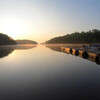
The Best of Ontario
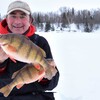
Hit The Hard Rock Cafe
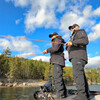
Against the Grain
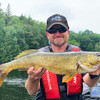
Experiencing Prince Edward County - The Angler’s Way
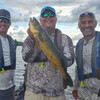
Fishing Northern Ontario
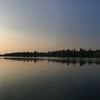
Dogtooth Lake Resort Smallmouth

Oles Adventure Resort
